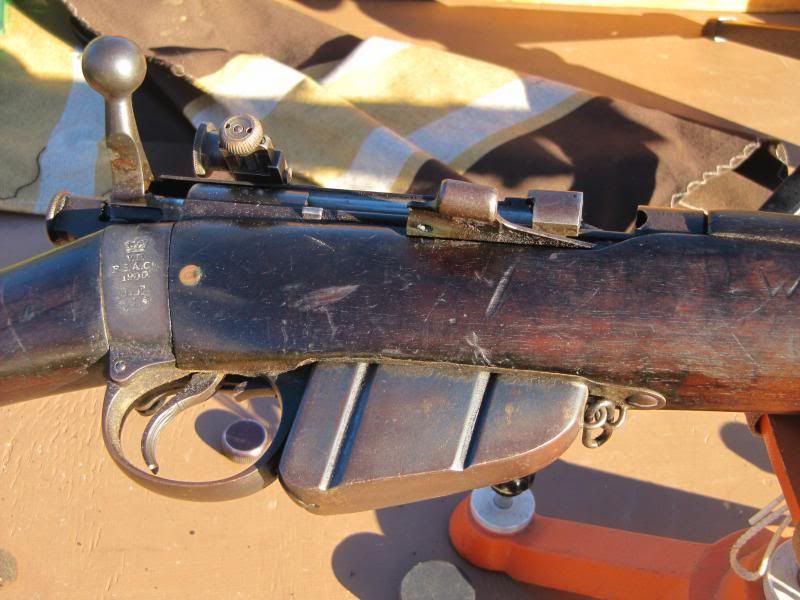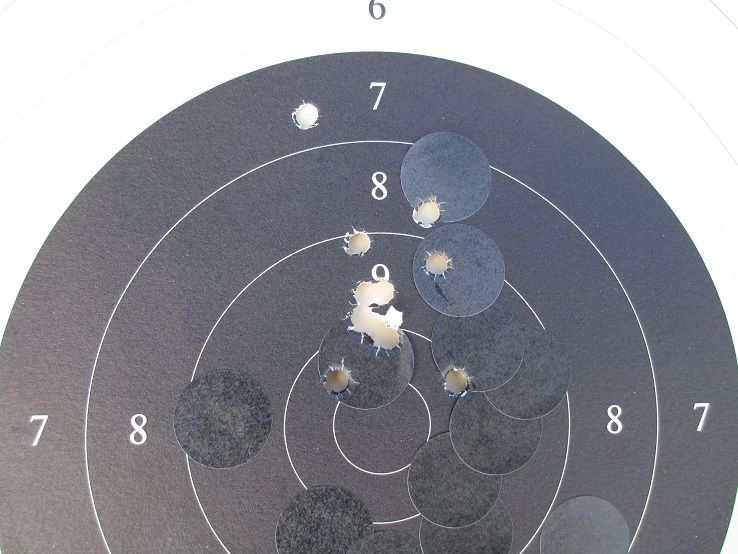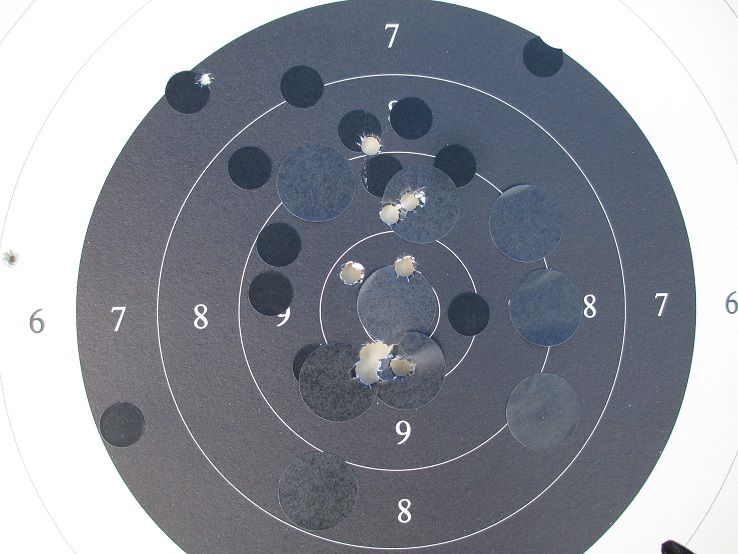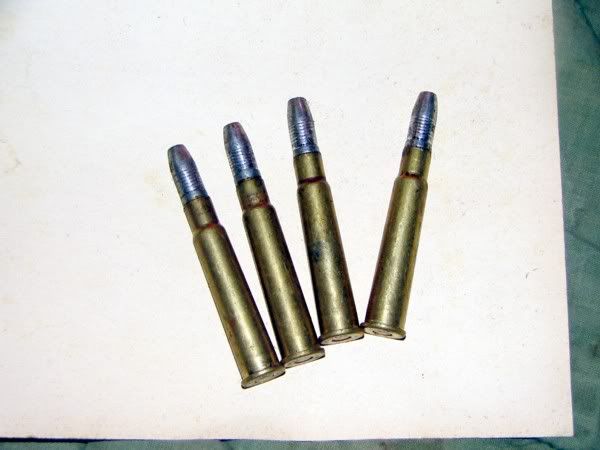25 September 2013, 15:08
Bad Ass Wallace100 year old 303's and cast bullets
I have a number of very old 303's now and most were manufactured outside wartime expediency. I'm always noting many shooters who have a go at casting only to give up for many reasons. I made some adjustments to the sights on a couple of oldies and tried them out today.
LSA LE 1900 manufacture, after scrubbing. polishing and load development;

 1896 HRB & Co Martini Enfield
1896 HRB & Co Martini Enfield

04 October 2013, 17:20
x-ringsHi,
Just read your post, I'm just getting ready to use some cast in my 303, when it arrives.
Can you tell me what size gas checks you sue if any.
Do you have any suggestions on which powder to start testing with?
Thanks
05 October 2013, 12:27
Bad Ass WallaceA load that I developed over many years is a 194gn CBE bullet, sized .314 with a 30cal Hornady gascheck and a load of 28.5gns of 2206 with no dacron filler

26 October 2013, 08:44
craigsterWhat alloy are you using?
26 October 2013, 16:43
Big Bore FanYou own a Martini Enfield, chambered vor the .303Brit? Cooool. Such a rifle I miss in my collection.

Very rare, here in Germany......
My dad got a .577/450 Martini-Henry rifle, the carbine model, befor a few months for his collection. He don´t shot with it. But I would...

Martin
27 October 2013, 05:29
Von GruffThat is good shooting B A W,and just goes to show what these old girls can do with cast.
I am trying to find an Artillery Carbine at the moment and fully intend to shoot cast only.
08 November 2013, 15:59
Bad Ass WallaceThe alloy that I use is from weighing a bullet cast of pure lead (204.1gn) then adding tin or ww until the weight of a bullet cast from the new alloy weighs 194.6gns. From calculations it is about 6% tin.
Bullet hardness measurements are an imprecise science; bullets cast from the same pot can, and do, give different hardness values due to the nature of the measurement. In addition, alloys that on the surface appear to be identical can produce bullets with widely different hardness's based solely on issues like casting technique, mould temperature, pot temperature, and where and how the bullets are dropped. The results you obtain may, or may not, agree exactly
Cast bullet hardness can change for up to 48 hours after the casting process but the weighing method for determining composition can be immediate whether the cast bullet is hot or cold! This is why I don't bother with a fancy "lead hardness tester"




